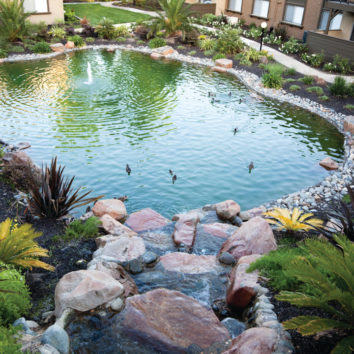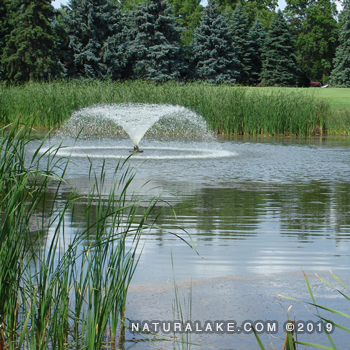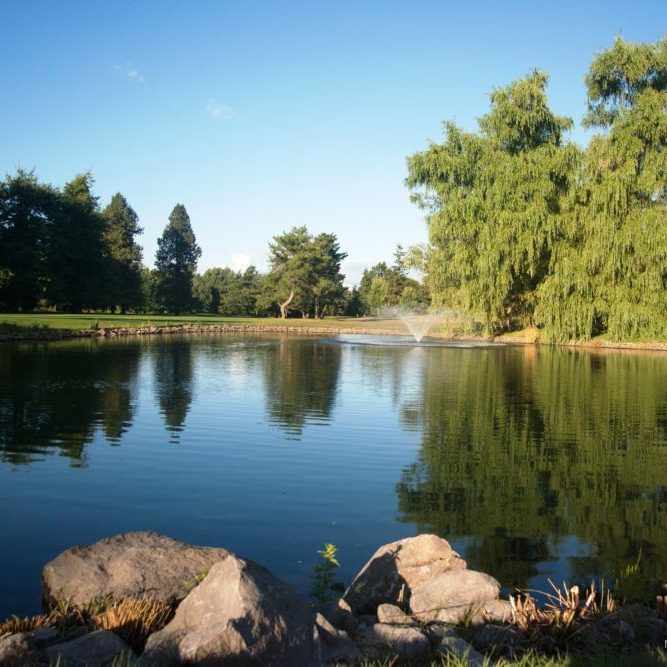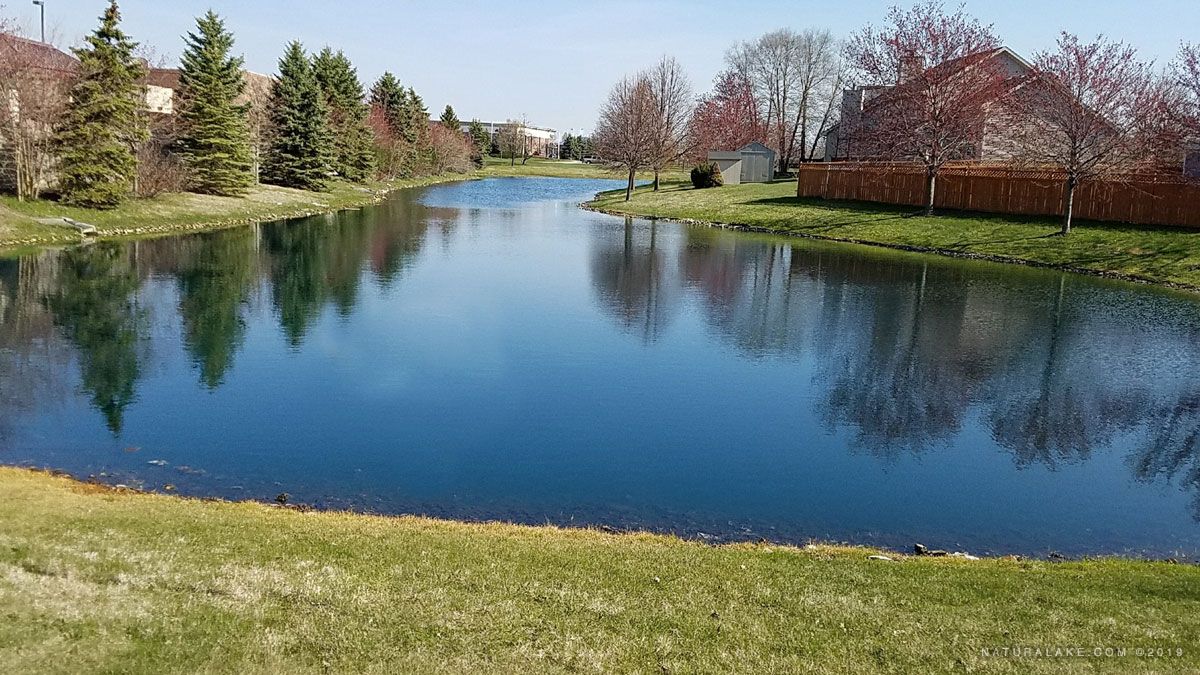The health of a pond can be difficult to define. Ponds are built and used for many reasons. Stormwater and irrigation ponds are built to keep up with water management guidelines. Private ponds are often built for recreational purposes like fishing and swimming. Fishery ponds maximize fish production. All these ponds vary in a number of ways including size, shape, and location. They also are home to different types of plants, algae, fish, and other organisms. The vast diversity in purpose and characteristics requires some flexibility when assessing a pond’s overall health. However, regardless of their individuality, most ponds do share one essential component: A microbial community that sets the foundation for their health.



Members in the Microbial Community
The microbial community found naturally in ponds includes bacteria, archaea, viruses, protozoa, helminths, and protists. Most of these microbes are beneficial and vital to the ecology of each system. They use the energy inputs of their pond’s ecosystem to sustain themselves and in turn the ecosystem relies on them to connect various processes.
Certain microbes live near the pond surface and use the sun’s energy for photosynthesis. Other microbes then feed on the photosynthesizers to form the next link in the aquatic ecosystem’s food chain. Further down, beneficial microbes called decomposers consume dead organic matter and convert it to nutrients needed elsewhere in the food chain.
All in all, a healthy and stable microbial community of beneficial microbes links the dynamic processes in an aquatic ecosystem together and keeps a pond balanced.
When the Community Loses Balance
When a pond’s ecosystem becomes unbalanced it creates an environment that is favorable to the types of microbes that are less desirable. For example, pathogenic bacteria thrive in aquatic ecosystems with poor water quality and excess organic matter. Certain pathogenic bacterial species can stunt fish growth or cause fish mortality. Some species can even climb higher in the food chain and adversely impact the health of pets and even humans. Cyanobacteria are one such species; they thrive in ponds with excess nutrients and can produce deadly toxins. When these negative microbes are able to dominate the microbial community, the dynamic processes of the aquatic ecosystem break down.
Environmental factors: the natural environment in and around the pond
Cultural factors: the human usage in and around the pond


